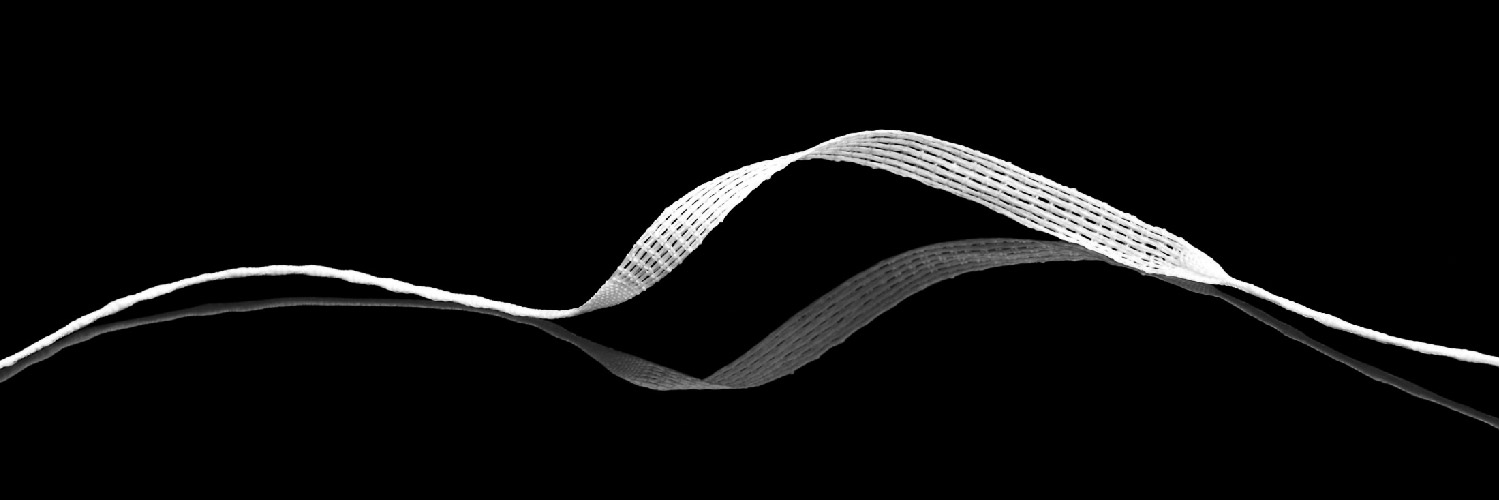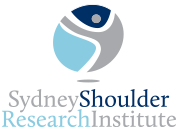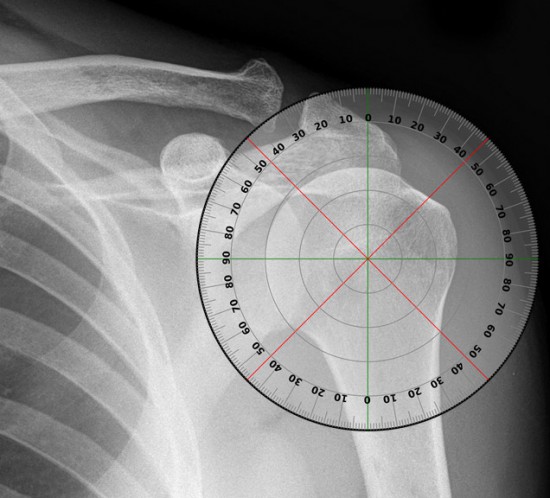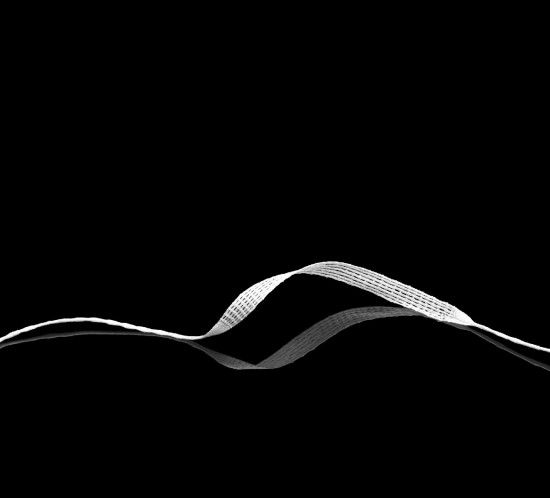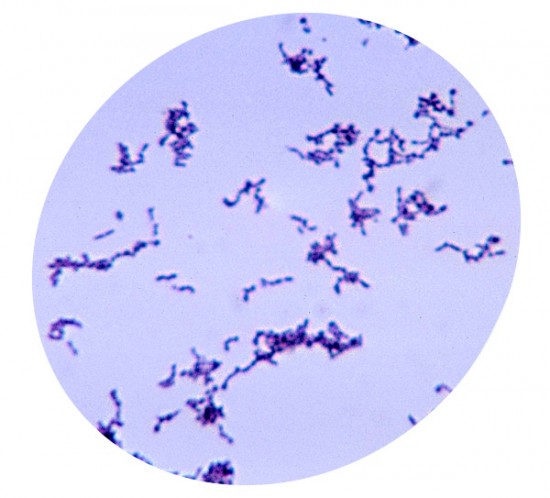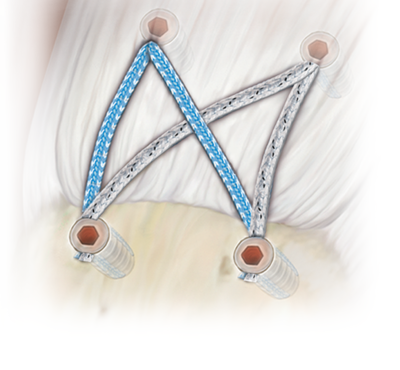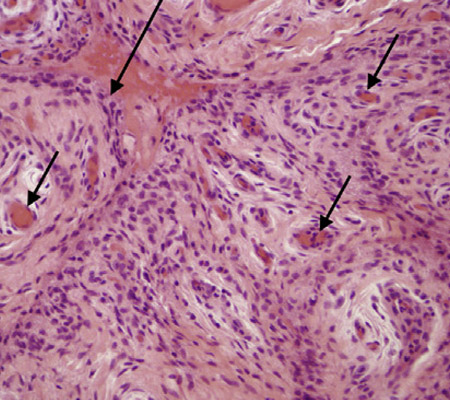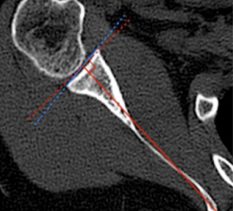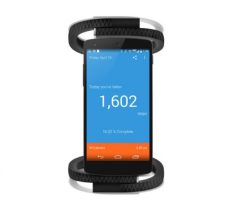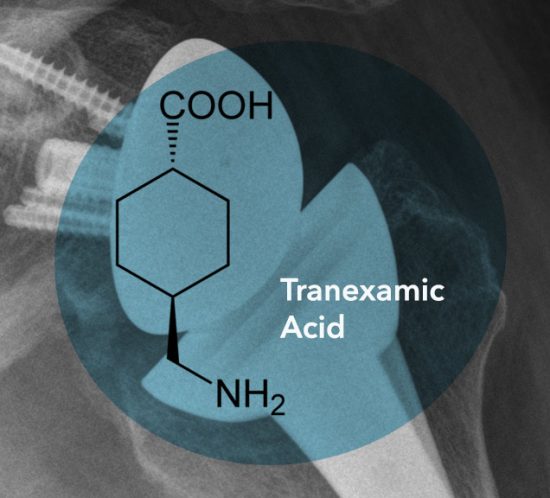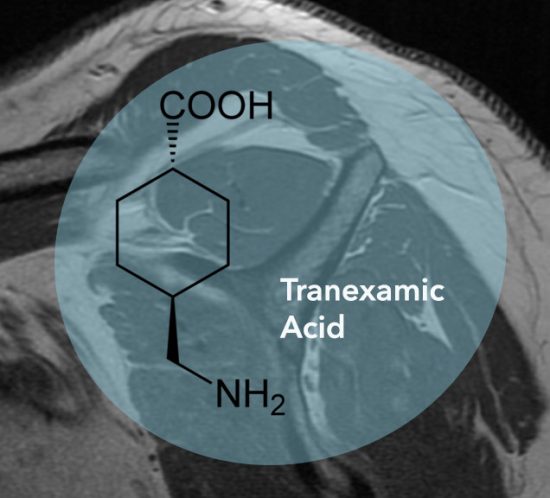Background
Massive rotator cuff tears can be painful and debilitating to the patient and very difficult to manage from a surgeons’ point of view.
Massive cuff tears are defined as a rotator cuff tear involving complete disruption of two or more tendons of the rotator cuff or a tear greater than 5cm. Due to their chronic nature they are often associated with significant fatty infiltration of the muscle belly and retraction of the tear, often rendering them irreparable. Accepted treatment methods for these types of tears include tendon transfers, joint debridement & denervation and in the older population arthroplasty. Most recently augmentation of the rotator cuff has been explored due to the advent of synthetic woven devices that may incorporate body tissue.
Rationale
New techniques to augment rotator cuff repairs with synthetic ligaments have little in the way of long-term data behind them. However equipoise exists due to the fact that here is often little else that can be offered to the patient and the other treatments also have at best, fair results. This study aimed to demonstrate that the use of the Rota-Lok System to augment and enable rotator cuff repair is a safe and reliable alternative to the already established techniques.
Objectives
To examine the clinical and radiological outcomes of patients undergoing a new surgical technique and determine its safety and efficacy.
Design
This was a retrospective cohort study. There were a number of patients who had already been consented for implantation of this device and had this new surgical technique performed. They were followed up within this study by way of physical examination, subjective and objective questionnaires and an MRI scan at 6 months post-surgery.
Study Procedure
Consenting patients with a massive rotator cuff tear underwent an open rotator cuff repair using a mini-open technique with augmentation of the repair using the artificial ligament system known as the Rota-Lok. This is an artificial ‘Neo-Tendon’, which is inserted through and behind the rotator cuff tear in order to aid its reduction to the humeral head. This study examined the clinical and radiological outcomes of these patients retrospectively. It examined functional and pain outcomes, as well as cuff healing through MRI assessment.
Ethics and Governance
Approved by North Shore Private Hospital Human Research Ethics Committee to be undertaken at North Shore Private Hospital.
HREC reference NSPHEC 2015-002.
Results
Baseline Characteristics
19 patients were reviewed and completed follow up examination and MRI. Patient average age was 61.6±7.2 years range 45-76. Fifteen patients were male and the right side was affected in 10 patients. Average length of time from surgery was 13.4±4.9 months.
Functional Outcomes
Patients had an average forward elevation of 167±29 degrees and an average abduction strength of 4.1±2.6 kg. No differences were noted between patients whose rotator cuff healed and those who had recurrent tears on MRI were noted with regard to patient-rated outcomes, forward elevation or abduction strength p>0.05.
Repair Integrity
Post-operative MRI demonstrated an intact rotator cuff in 14 patients (a Sugaya Score of 1-3). Eight of these patients had a thin but intact rotator cuff (Sugaya Score of 3). And five patients had recurrent tears on post-operative MRI (a Sugaya Score of 4-5). This represents a healing rate of 74%.
The results of this study suggest The Rota-Lok system to be a safe and reliable method to augment rotator cuff repair in massive rotator cuff tears.


